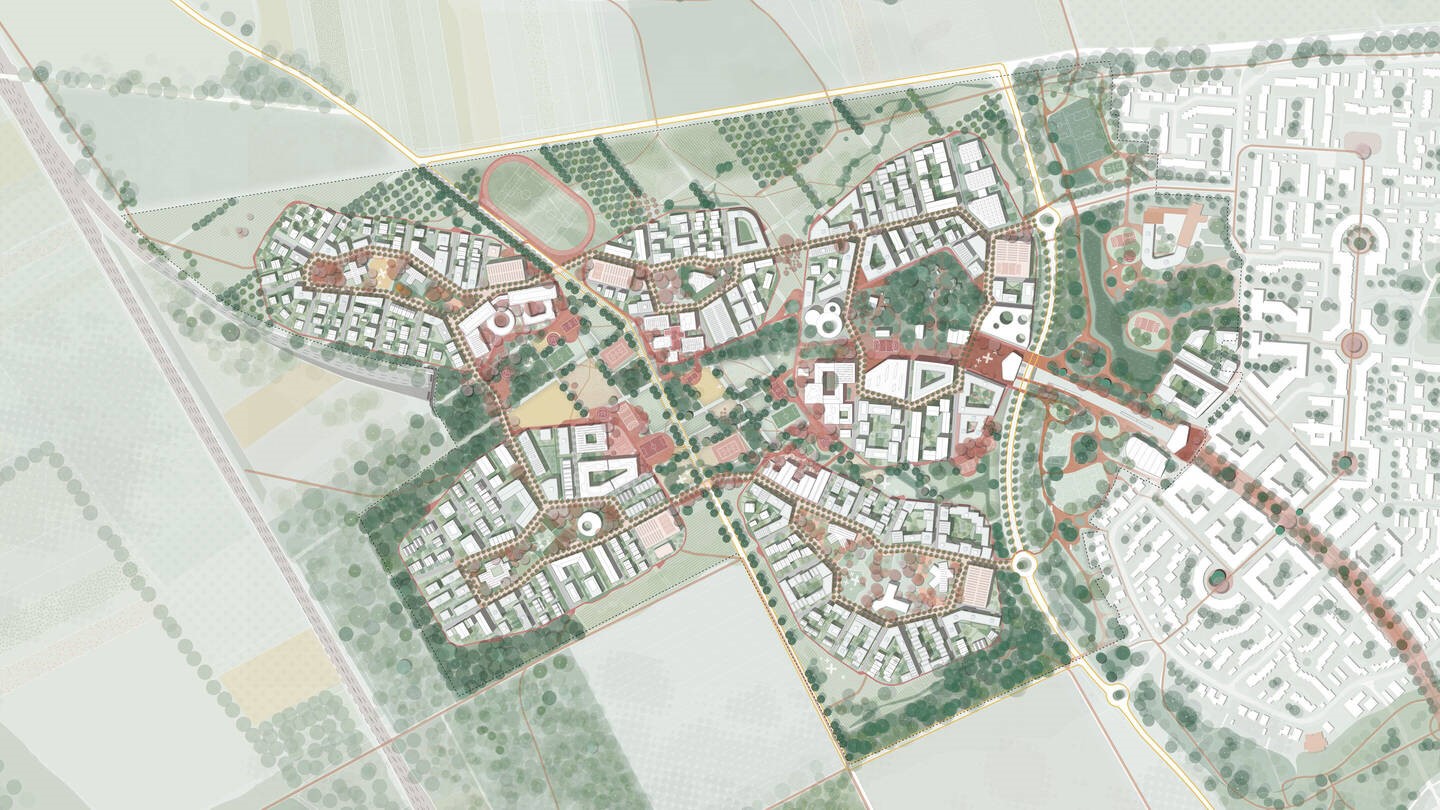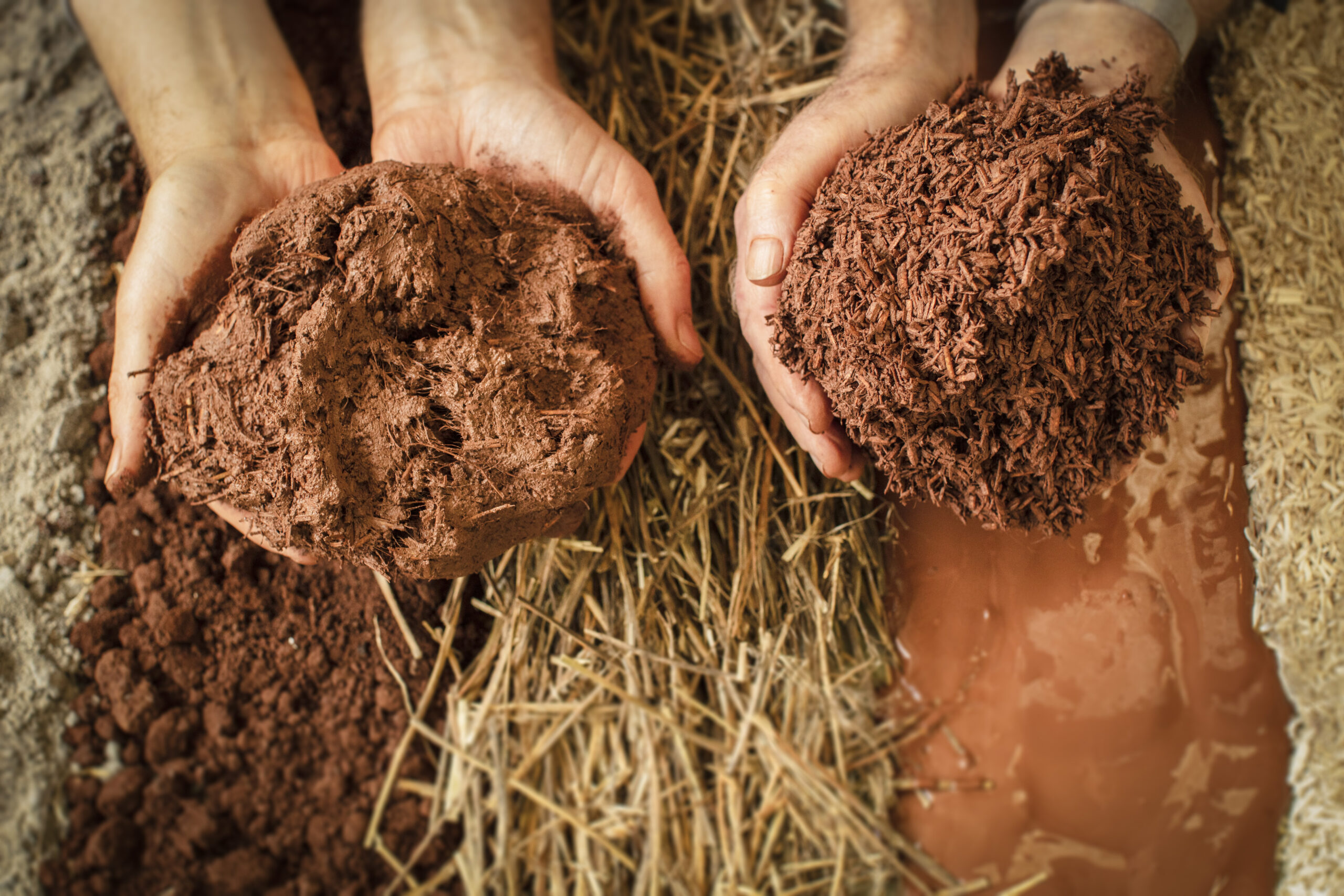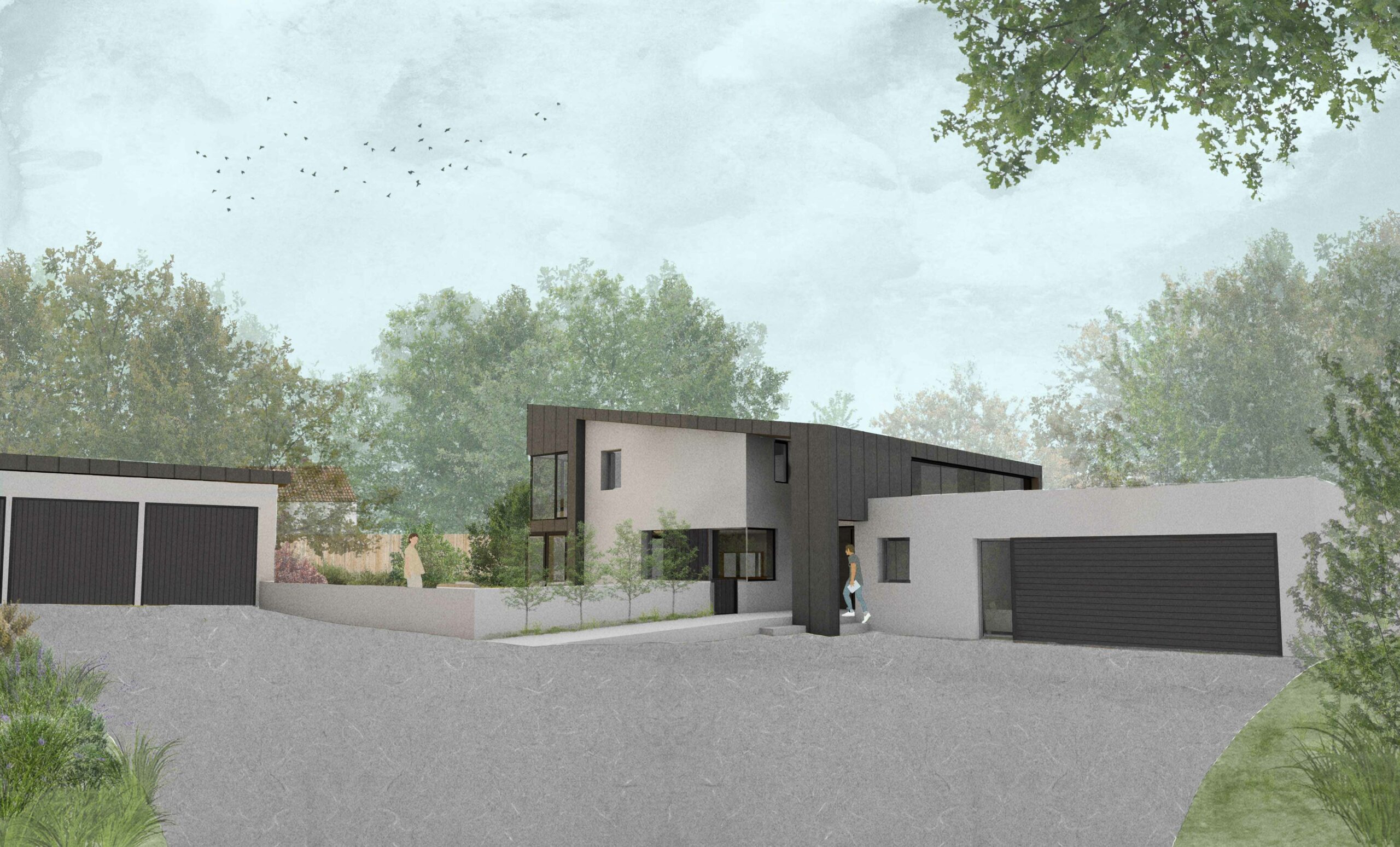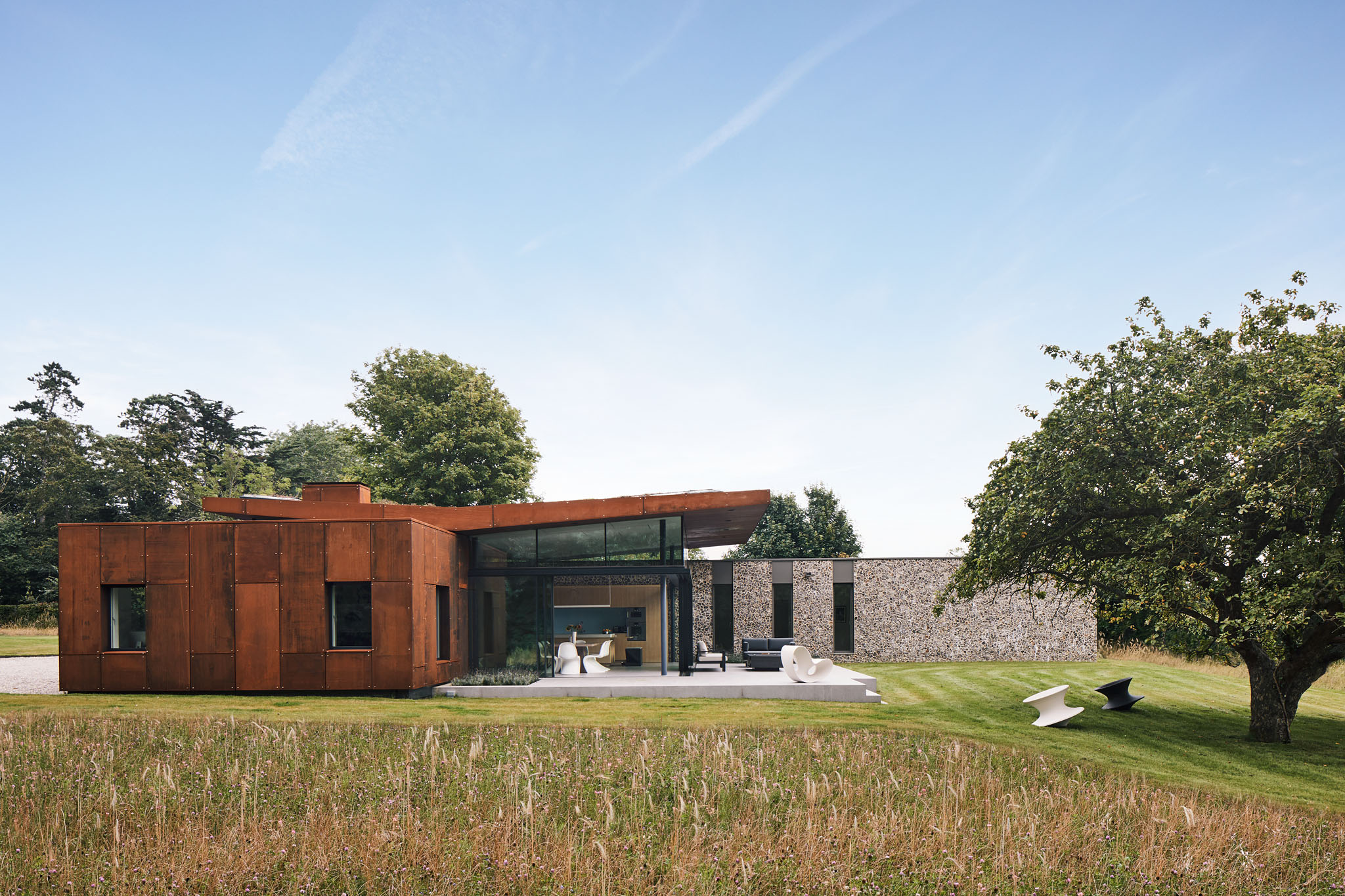My recent post about houses and trees was part of a long-standing interest in the topic which is at least as old as a thought-experiment called ‘Forest Village’, which I carried out over a decade ago. I come back to it from time to time, and I have recently stumbled across two other projects which engage the idea of ‘houses and trees’ – and both lead with a pun.
Proposals for a new urban district in the north of Cologne in Germany envisage lobes of dense mixed-use development – five new ‘Wood-Hoods’ – surrounded and threaded-through with existing and newly planted forest.

This project at Sletten Holstebro in Denmark has a better pun, but is less appealing architecturally. Each ‘Neighbour-Wood’ (!) is essentially a cul-de-sac of bungalows in a clearing in a forest.

To be fair it was the forest that was the focus of this project, not the built form:
‘The woodlands in Sletten were established as a publicly accessible “landscape laboratory” in three phases, in parallel to residential development, in the period of 1999–2004. Landscape laboratories are experimental woodland areas in a local landscape context where innovative design and management concepts for urban forests are tested in full scale… Early on, some individual residents in the forest villages on their own initiative started weeding around the planted seedlings or growing flowers and vegetables at the woodland edge. As the tree canopy started closing, residents engaged in pruning and thinning amongst the trees, planting their own plants, providing nesting and feeding boxes for birds, setting up hammocks, placing garden furniture, making paths or huts as part of children’s play, and so forth. These activities were tolerated and even encouraged by the local authorities as they created a gradual transition from the plant communities, maintenance levels, and activities in private gardens to those of the public woodland’.
Several academic studies explored and documented this informal appropriation of the forest immediately adjacent to each dwelling – a scaled up version of the bird feeders hanging on a council owned tree described in my last ‘Houses and Trees’ post. Closer to home (and, sadly, pun-free) are proposals to build 250 new homes in Racecourse Plantation on the east side of Norwich. The plans were approved at appeal in 2019 and a Reserved Matters application is currently being considered by Broadland Council. The project has faced intense local opposition because a substantial portion of the woodland will be cleared to make way for the new homes.

All three of these projects set houses next to woodland, but not within it. It’s houses or trees. My ‘Forest Village’ think-piece asked whether houses and trees could co-exist – houses and trees – and whether the process of building the new homes could actually improve and enhance the woodland, not replace some of it. If you would like to hear more, I will be giving a presentation of Forest Village at St Andrews Brew House, Norwich on Wednesday 11th May at 17.30. Admission is free but capacity is limited so please get a ticket in advance from Eventbrite here.
Written by Matt Wood, Head of Housing
Kreuzfeld Wood-Hoods: https://www.adept.dk/project/woodhood-kreuzfeld
Sletten research paper: https://www.researchgate.net/publication/328537104_The_Impact_of_Resident_Participation_on_Urban_Woodland_Quality-A_Case_Study_of_Sletten_Denmark


